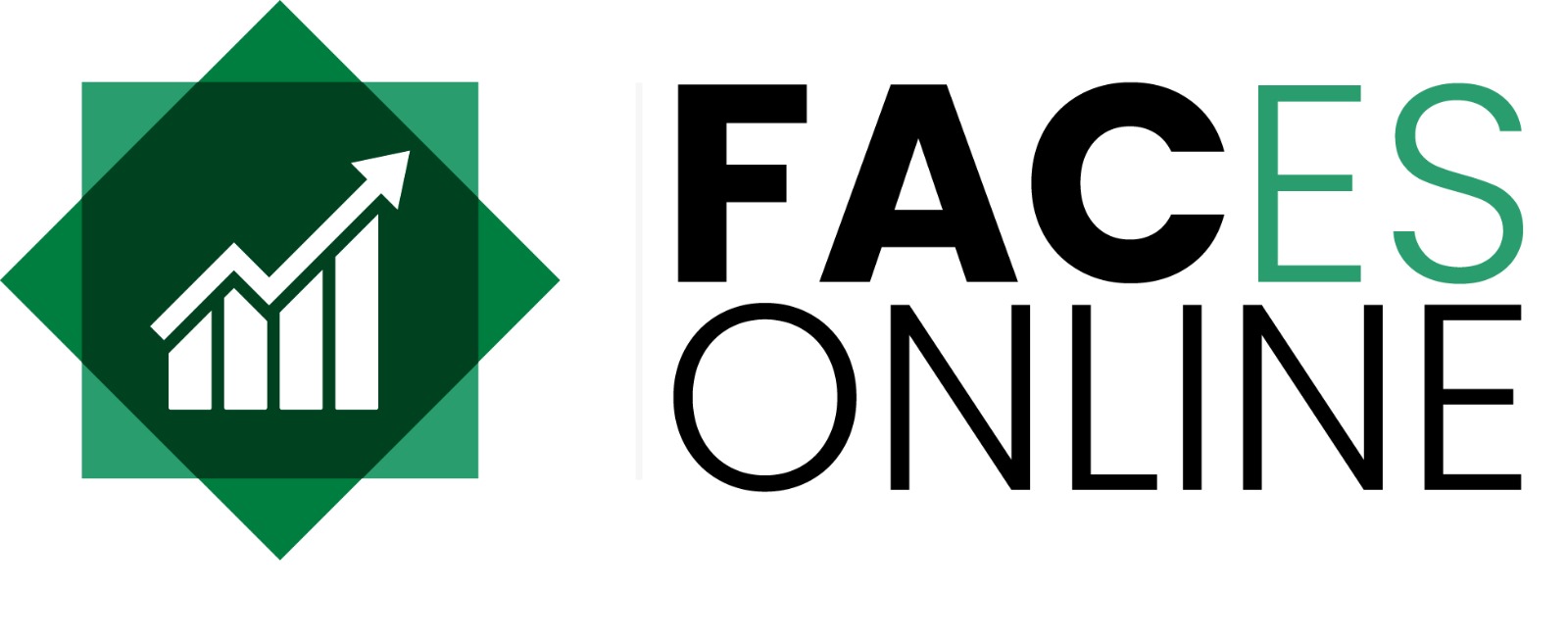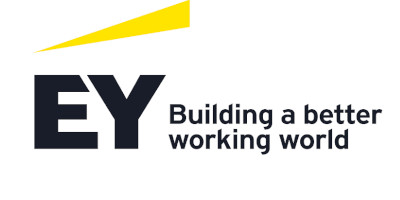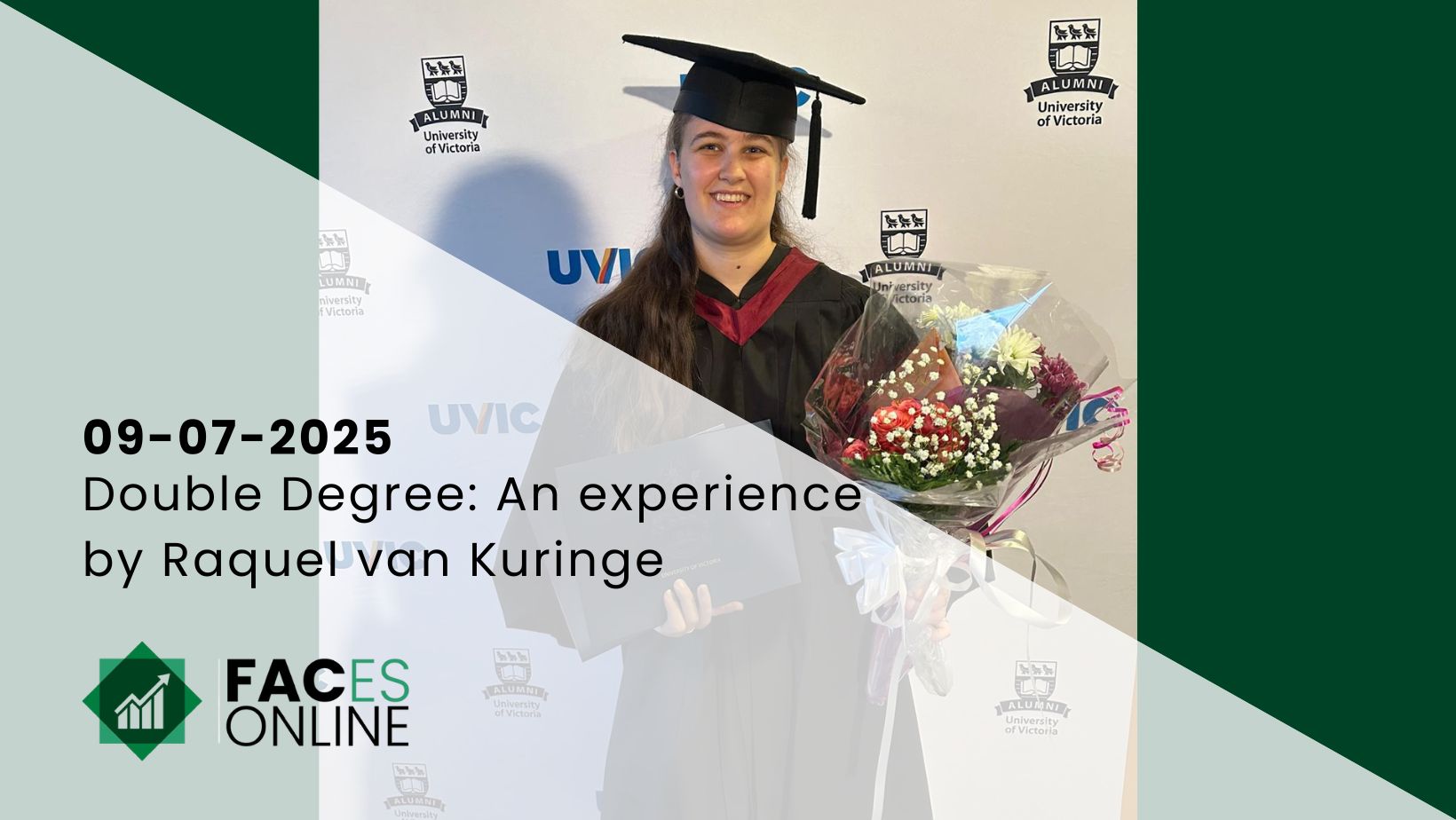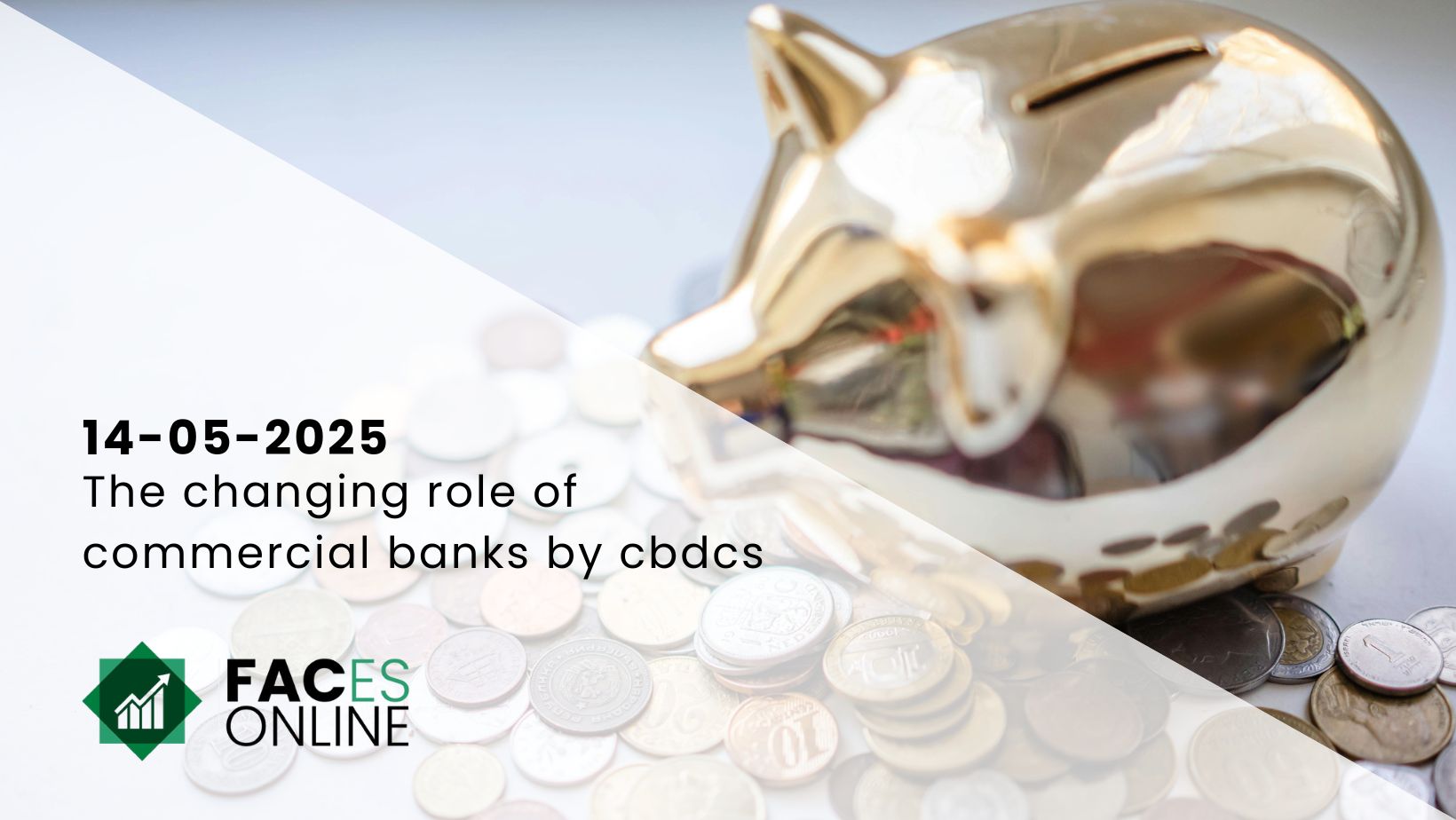In this week’s article, co-writer of Faces Online Eefje van der Sanden shares her experience as a member of the Sounding Board and Education Board, as well as her role as Chair of the Education Board. From strengthening your resume to shaping the quality of education, read on to discover how these roles can benefit not just your studies, but your perspective on academic life!
Introduction
During my Marketing Management master’s program, I first learned about the Sounding Board through the academic director and decided to join as a representative for the Marketing Management master. About six months later, I also became a member of the Education Board for the same program. When I began my Master’s in Finance in September 2024, I transitioned to the Sounding Board and Education Board for Finance. Not long after, I was offered the opportunity to serve as Chair of the Education Board for Finance, Tax Economics, and Accounting—a position I currently hold.
Sounding Board vs. Education Board
So, what exactly are the Sounding Board and Education Board? What are their roles, and how do they differ? I will try to refrain from boring you with the details, and instead explain it to you as I would explain it to a new member.
At their core, (1) both boards exist to improve education and (2) to fulfill legal requirements for reviewing programs from a student’s perspective.
The Sounding Board
The Sounding Board is a relatively informal group of students—usually 5 to 10 from a specific program—who meet periodically with the academic director and program coordinator. These meetings are a space for open discussion about the program, including what’s working well and what could be improved. Complaining -within boundaries- is accepted here, as is positive feedback.
The Education Board
The Education Board, in contrast, operates more formally. It combines multiple programs (e.g., Finance, Accounting, and Tax Economics) and holds several structured meetings a year. The focus here shifts from course-specific issues to broader, program-level topics.
Academic directors, policy officers, and other staff members attend these meetings, which are formally documented. Feedback here is aimed at systemic improvements and strategic discussions. Academic directors are asked to explain certain programme choices and sometimes even defend them if the Education Board has a negative stance. A key prerequisite for joining the Education Board is prior membership on the Sounding Board.
Education Board Member vs. Chair of the Education Board
Now, what’s the difference between being a member and being the Chair of the Education Board?
Members of the Education Board participate in a few meetings each year, representing their specific program and sharing insights and feedback on its overall performance. The Chair, however, takes on a more extensive role. Representing multiple programs, the Chair gathers input from all members, organizes discussions, and consolidates feedback for formal meetings. Additionally, the Chair attends agenda-setting meetings and FACT meetings, where Chairs from various Education Boards within TiSEM come together to discuss broader, faculty-wide issues. FACT meetings cover topics like new policies, such as the last-grade-counting rule introduced last year. As Chair, you may also have voting rights or the ability to provide formal advice on significant matters—adding an extra layer of influence to the role.
Why Join? My Motivation
If the descriptive story above did not bore the hell out of you -or if it did- here is my motivation for why I joined the Sounding Board and Education Committee. By no means is this a pledge to convince you to join, but I do like to describe the benefits of joining.
- It’s a CV Booster
Let’s be honest: being part of these boards looks fantastic on your CV. It demonstrates your commitment to your program, your willingness to contribute to its improvement, and your ability to engage in formal discussions. It also proves you can provide concise, constructive feedback. Did I mention it’s great for your CV?
- The Impact is Real
Beyond the resume value, the role offers a unique opportunity to create meaningful change. The suggestions and ideas you bring forward can directly improve the education experience—not just for yourself but for future students.
- Yes, There’s Compensation
While you won’t get rich, members do receive monetary compensation for their time and effort, with slightly higher rewards for the Chair. It’s a tangible sign of appreciation and acknowledgment for your work.
Get in Touch
In case you wish to have any more explanations, remain with questions or do want to receive a pledge to join, do not hesitate to get in touch (e.j.m.vdrsanden@tilburguniversity.edu) or contact the education coordinator of your studies.

















